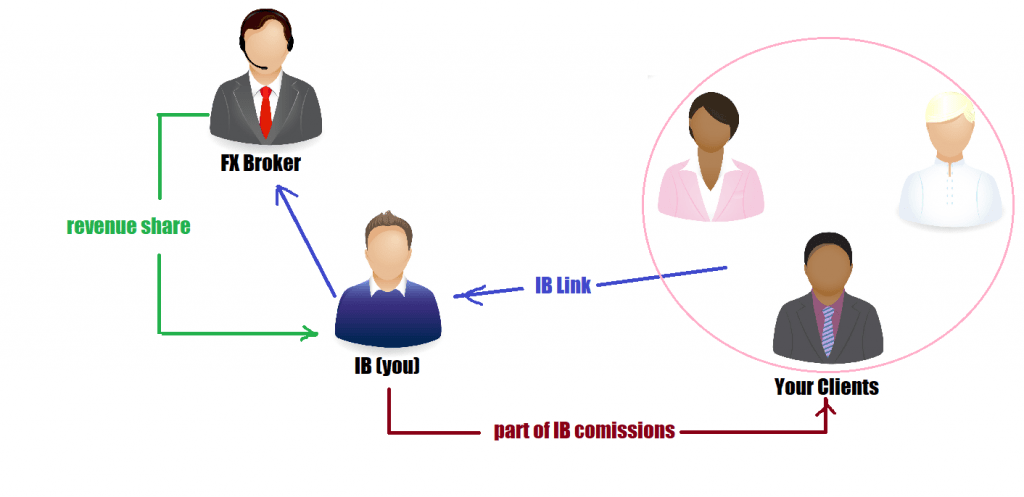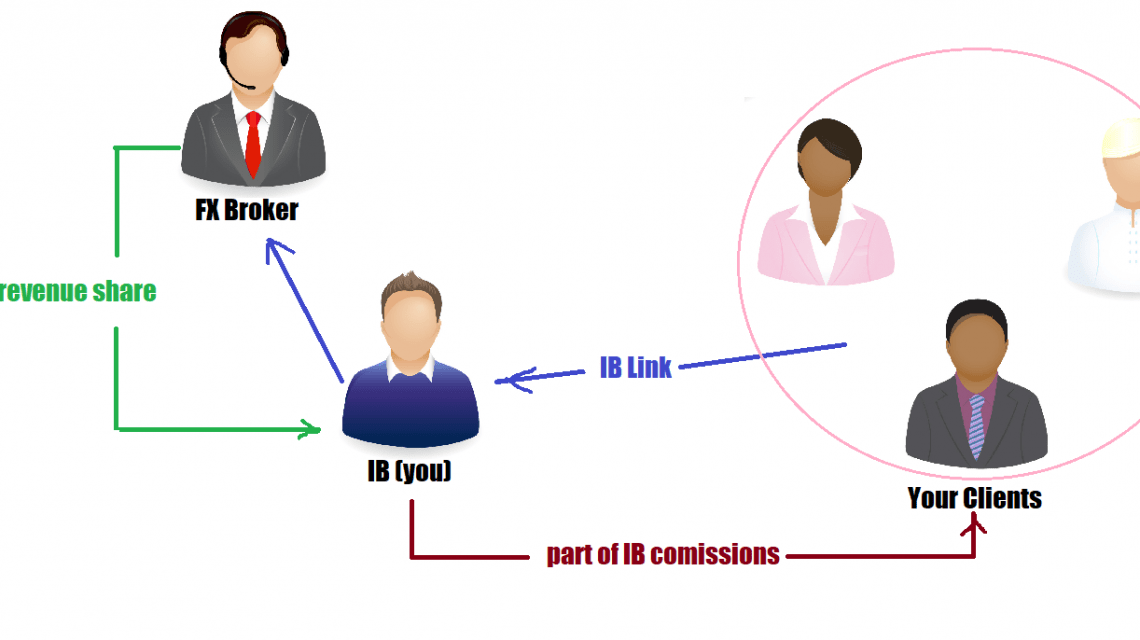Lock Arbitrage Software for Brokers with bonuses and IB Commissions Monday April 20th, 2020 – Posted in: Arbitrage Software
We often get questions from users asking us whether lock arbitrage can be used effectively when the broker is offering a welcome bonus. The answer is yes. Let’s look at how it can be done.
As the name suggests, a welcome bonus is a financial incentive offered by brokers to get more business. The amount of the bonus varies, but it can occasionally be equal to the full amount of the deposit. While this is an attractive offer, there are typically various terms and conditions that come with it. Understand that a welcome bonus is initially a virtual one. To convert the bonus into real money, you will probably need to satisfy a number of conditions. You need to be fully aware of these conditions for your arbitrage activity to be successful.
What are some of the factors that need to be taken into account? One is the maximum bonus amount (the highest amount that you can get as a bonus). The minimum and maximum dollar amounts that need to be deposited in the account to qualify for the bonus are another. Your profit objective is a third. You also need to be mindful of any time-related constraints, as some brokers make it possible to convert the bonus only within a certain period of time. Most importantly, you need to understand that a bonus is almost always tied to your traded volume. This is particularly critical in a situation where the conversion of the bonus is based on the commission + swap fees paid by you.
Let’s make all of this a bit less abstract by looking at the following scenario. Assume that your broker offers you a welcome bonus. We will use the following assumptions:
- The welcome bonus represents 100% of your deposit.
- A minimum of $10 is needed to qualify for the bonus. The maximum amount is $10,000.
- The bonus conversion is calculated as a percentage of the commission fees paid by you to the broker. In this example, we’ll go with 20% (let’s exclude swap fees in this example).
- You have 4 months in which you can convert the bonus.
- The broker’s commission fee is $10 for a $100,000 round turn.
- Your own deposit is $1,000.
- You want to make a profit of $500 after trading for 3 months.
As your own deposit is $1,000, and the welcome bonus is 100%, you now have $2,000 in your account. You open two accounts, depositing more or less the same amount of money in each account. However, the accounts are opened under different names.
Given that 20% of your commission fees can be converted into real funds, you need to pay $5,000 in commission fees to convert your virtual deposit of $1,000 in its entirety. The calculation is as follows: $1,000 / 0.20 = $5,000.
Now that you know how much you need to pay in commission fees, you can calculate the number of standard lots that you need to trade. The calculation is as follows: $5,000 / $10 = 500. In other words, your traded volume has to be 500 standard lots. You have 4 months to do it. We recommend that you be conservative when it comes to the bonus conversion period. You might experience days when there is very low volatility. Additionally, there may be holidays. Even though the broker is giving you 4 months, let’s bring that number down to 3 months.
Assuming there are roughly 22 business days in a given month, we have 66 business days (22 business days multiplied by 3 months). We divide the number of standard lots that we need to trade by 66. The calculation is as follows: 500 / 66 = 7.57. In other words, your daily traded volume should be 7.6, meaning you need to trade 7.6 lots on a daily basis.
Given your total deposit ($2,000) and leverage (1:100), your lot size should be 0.02 when trading with 5 currency pairs (that is, a total lot size of 0.1). With a daily lot size of 7.6, you need 76 arbitrage situations every day to convert the bonus into real money. Additionally, your daily losses should not exceed $22.72, calculated as $1,500 divided by 66.
To generate 76 arbitrage trading situations on a daily basis, you need to find a suitable difference-to-open value. If your difference-to-open value is too high, you won’t have enough arbitrage trading situations. On the other hand, if it’s too low, your daily losses will become unacceptable (they should not exceed $22.72). If the right difference-to-open value is chosen, over the course of three months, you will have earned a profit of $500, having lost $1,500 of the $4,000 available to you.
Naturally, this scenario is intended for illustrative purposes only. The profit and leverage assumptions that we used are overly conservative – usually, brokers offer more lenient terms and conditions when it comes to their bonuses. Additionally, brokers often don’t impose any time constraints, so you can convert the bonus whenever you like without having to worry about a deadline. Still, even with the conservative assumptions that went into our scenario, you can see that you can still use arbitrage trading successfully when a broker gives you a welcome bonus. While your execution times might lag and your arbitrage trading will be unprofitable, you’ll still come out ahead overall.
Moreover, should there be an increase in your leverage and in the deposit that is added to the account as a percentage of traded volume, you will find it even less difficult to convert the bonus. Your difference-to-open value can then be increased as well – it’s advisable that it is.

Note that there are brokers that offer rebates through their IB programs instead of offering welcome bonuses. This type of incentive is even better than a bonus, provided that the rebate is sufficiently large (we’ve seen brokers offer 85% rebates). As long as your traded volume is high, you can earn profits in excess of 100%. If your broker is offering large rebates, you need to determine how much you can earn in IB commission fees. To do that, we usually recommend that you first enter a few orders for test purposes. If your findings are satisfactory, you can then start trading properly. You need to make sure that the commission fees you earn exceed your losses in both accounts, so be sure to set up your program correctly to achieve that. As long as the commission fees you earn are approximately 80%, you can probably count on earning anywhere between $2,000 and $2,500 for every $1,000 lost in your accounts.
 Deutsch
Deutsch 日本語
日本語 العربية
العربية 한국어
한국어 中文
中文

